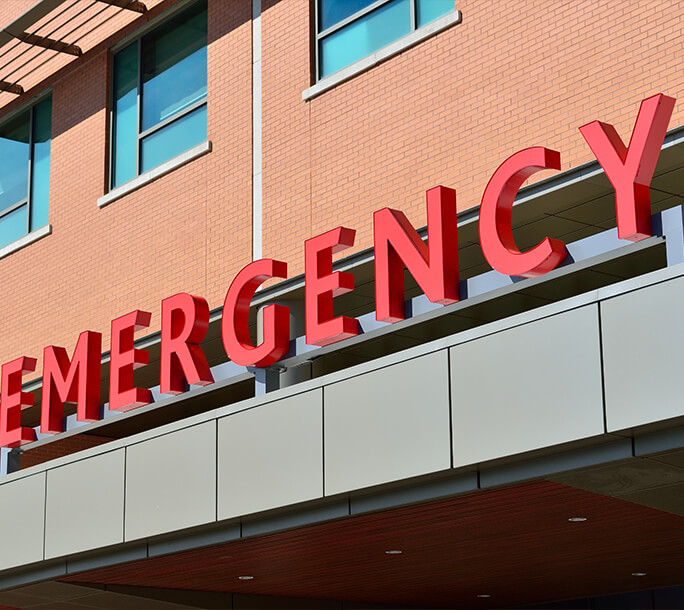 Pandemic responses have changed after SARS and MERS. Facilities have to design new pandemic response areas for the next big outbreak. In 2003, Singapore had 33 of the 238 cases of SARS end in death. About two-fifths of them were healthcare workers. This event caused the creation of the Disease Outbreak Response System Condition. Singapore tested the new systems with the MERS and H1N1 epidemics. The system has affected the layout of hospitals with pandemic procedures in mind. This is what all medical buildings and any other real estate developers around the globe should keep in mind, especially in times like these with the CoVid-19 pandemic.
Pandemic responses have changed after SARS and MERS. Facilities have to design new pandemic response areas for the next big outbreak. In 2003, Singapore had 33 of the 238 cases of SARS end in death. About two-fifths of them were healthcare workers. This event caused the creation of the Disease Outbreak Response System Condition. Singapore tested the new systems with the MERS and H1N1 epidemics. The system has affected the layout of hospitals with pandemic procedures in mind. This is what all medical buildings and any other real estate developers around the globe should keep in mind, especially in times like these with the CoVid-19 pandemic.
In February, Singapore activated the DORSCON and the World Health Organization has called them the gold standard. Hong Kong, South Korea and Taiwan have similar systems in place. The first rule of these countries is transparent communication between all levels of government and healthcare. The second rule is to allow testing as early as possible. The final rule is to create a large task force that includes police and military with the government officials and healthcare workers.
Hospitals and field hospitals have been changed by these preparations. One of the most important aspects of new hospitals that building owners should keep in mind is preparations for surge scenarios. Healthcare buildings with proper surge scenario segmenting are set up for success. Some things that can be done is to have designated sections for various entries into the medical buildings. There could be a fever section, an ambulance section, and a triage section. Make sure that there are proper buffer zones between the sections and that every type of patient has their own entrance to the hospital to keep patients and healthcare workers safe.
The United States is thinking long term with the current pandemic responses. The widely distributed health networks are being changed and will continue to shape future responses and city layouts. To relieve the stress of the hospitals and other medical buildings, pop-up field hospitals have been set up. Places such as parking garages in Virginia and Central Park in New York are now medical facilities. China has built hospitals in short times, and the United States is using the Army Corps of Engineers to build temporary hospitals all over.
Some companies have been able to re-purpose their factories to create more medical supplies to replenish the United States supplies. To help ease the pandemic responses at the hospitals, they are only helping worst-case scenarios right now. People with low symptoms should stay home and contact their doctor remotely. They are even using dorm rooms and non-clinical areas of the medical buildings for more patients or for the healthcare workers to stay.
More medical buildings are needed to help the hospitals cope with the surge of new sick patients every day. Outpatient care has been expanded to help people with minor symptoms, so they don’t take resources from the hospital for critical cases. Hospitals have been updating their old wings for years. Now the outdated patient towers or old wings are being used for non-medical functions. On college campuses, dorm rooms are being converted into house patients or help quarantine.
Construction has mostly been re-purposing of other buildings such as warehouses, offices, or schools. CoVid-19 has changed the landscape of healthcare. Things have gotten much more creative quickly. The Navy has been sending its hospital ships to California and New York to relieve some surges in patients. Another way that hospitals are temporarily being extended is re purposing sports stadiums. Now that sports are all shut down, the stadiums are new quarantine zones to help more patients. Convention centers and hotels are also treatment and isolation rooms.






